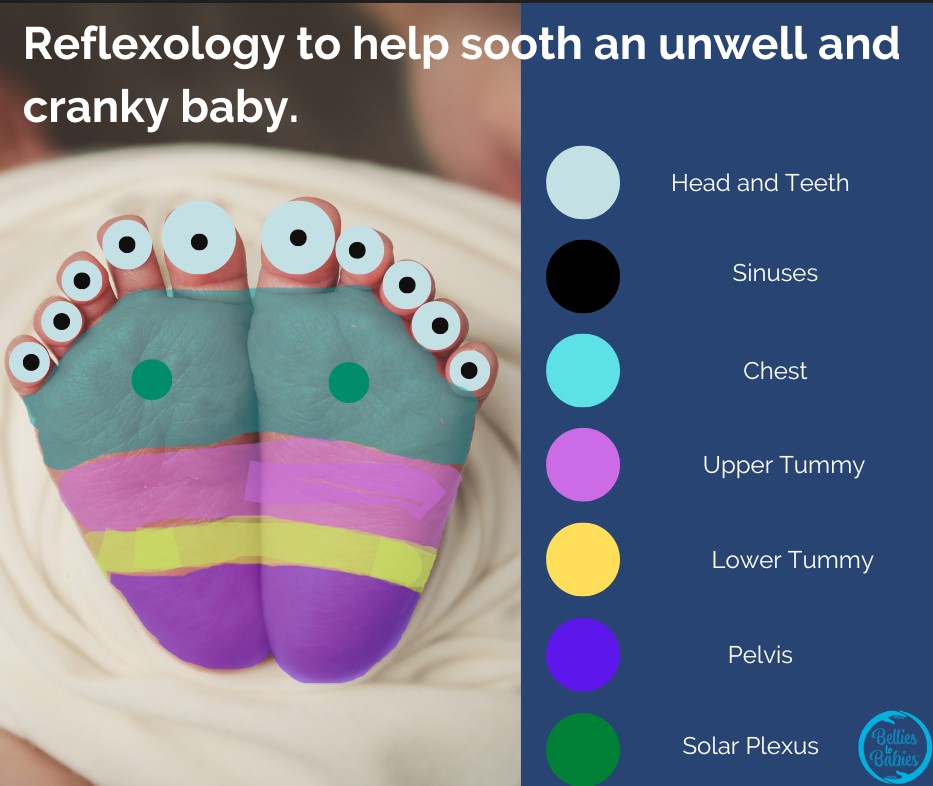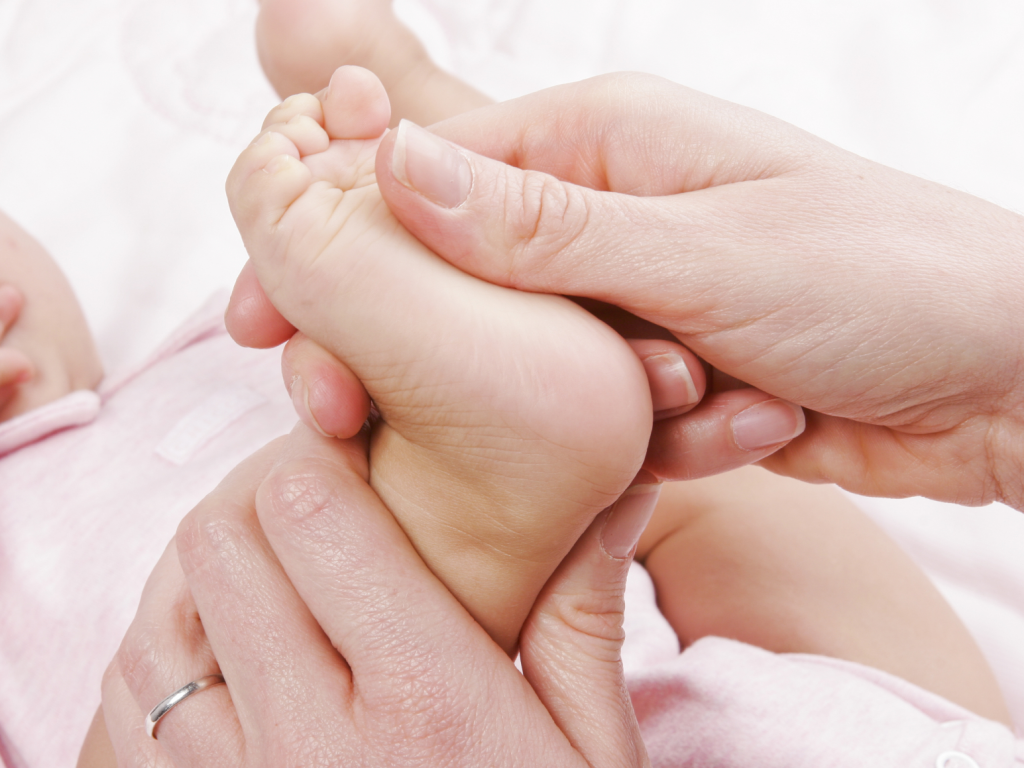Foot massage is a beneficial practice that offers numerous advantages for infants, including improved circulation, relaxation, and enhanced bonding with parents. In addition to these benefits, baby foot massage can also help stimulate the nervous system, relieve discomfort from growth spurts, and aid in digestion.
Massaging a baby’s feet can be easily incorporated into their daily routine and can be done by gently applying pressure and using soothing strokes. It is important to use a gentle touch and be mindful of the baby’s cues during the massage to ensure their comfort and safety.
Providing a baby with a foot massage can be an enjoyable and therapeutic experience for both the parent and the child.
Benefits Of Baby Foot Massage
Foot massage for babies has numerous benefits that contribute to their overall well-being. Here are some of the key advantages:
| Promotes Relaxation | Massage helps to relax the tiny muscles in a baby’s feet, releasing tension and promoting a sense of calmness. |
|---|---|
| Aids in Better Sleep | The gentle touch of a foot massage can be immensely soothing, improving a baby’s sleep patterns and enabling them to rest more soundly. |
| Improves Circulation | Massaging the feet enhances blood flow in a baby’s body, which in turn delivers oxygen and nutrients to their organs and tissues, aiding their development. |
By incorporating foot massage into a baby’s routine, parents can provide them with essential relaxation, better sleep, and improved circulation. It’s a simple and effective way to nurture their well-being.

Credit: www.nzherald.co.nz
Best Practices For Baby Foot Massage
Choosing the right time for a baby foot massage is essential. Infants are generally more receptive and relaxed after a bath or nap. Before starting the massage, create a warm and calm environment to ensure your baby’s comfort.
When massaging, use gentle pressure and strokes to avoid any discomfort. Begin by rubbing the baby’s feet with your hands using circular motions. Pay attention to each toe, starting from the big toe and working your way down. Be sure to include the arch and heel of the foot as well.
It is crucial to monitor your baby’s response during the massage. If your baby seems uncomfortable or restless, adjust your technique or stop the massage altogether. Always prioritize your baby’s comfort and well-being when administering a foot massage.
Step-by-step Guide For Baby Foot Massage
To ensure a comfortable environment for your baby’s foot massage, find a quiet and soothing space in your home. Dim the lights and play calming music to create a peaceful atmosphere.
Before starting the massage, warm up your baby’s feet by gently rubbing them with your hands. This will help relax the muscles and prepare them for the massage.
Use gentle strokes and apply light pressure when massaging your baby’s feet. Start by massaging the sole of the foot in circular motions to stimulate blood circulation. Then, move to the toes and massage each one individually. Pay attention to your baby’s cues and adjust your pressure accordingly.
If your baby seems uncomfortable or agitated, stop the massage and try again later. Remember, the goal is to create a calming and soothing experience for your little one.
Potential Risks And Precautions
When giving your baby a foot massage, it is important to be aware of potential risks and take necessary precautions to ensure their safety and comfort. One common concern is the possibility of allergic reactions. Babies may have sensitive skin that can react to certain oils or lotions. To minimize this risk, it is advisable to perform a patch test on a small area of your baby’s skin before applying any products.
In addition, it is important to avoid massaging sensitive areas such as the Achilles tendon or any open wounds or cuts. These areas may be more susceptible to pain or irritation. Always use gentle pressure and be mindful of your baby’s signals. They may show discomfort or start crying if they are not enjoying the massage. It is also recommended to seek guidance from a healthcare professional or a certified massage therapist who specializes in infant massage to ensure proper technique and safety.
When To Seek Professional Advice
Foot massage is a wonderful way to bond with your little one and promote relaxation. However, it’s important to know when to seek professional advice. If your baby has unusual reactions during a foot massage, such as excessive crying or fussiness, it may be a sign to consult with a pediatrician. Similarly, if your baby experiences persistent discomfort in their feet after a massage, it’s crucial to seek expert guidance to ensure their well-being.

Credit: www.footfiles.com
Frequently Asked Questions For Baby Foot Massage
What Are The Benefits Of Baby Foot Massage?
Babies’ foot massages can promote relaxation, improve sleep, and aid in digestion. They also help in bonding between the parent and the baby.
At What Age Can I Start Massaging My Baby’s Feet?
You can start massaging your baby’s feet from birth, but it’s important to use gentle, slow strokes and be attentive to their responses.
How Often Should I Massage My Baby’s Feet?
A few minutes of foot massage a couple of times a week can be beneficial. Pay attention to your baby’s cues to determine their comfort level and enjoyment.
What Should I Consider Before Massaging My Baby’s Feet?
Before starting a foot massage, ensure that your baby is in a comfortable and calm mood. Choose a warm and quiet environment to create a soothing experience.
Conclusion
Regular baby foot massages offer numerous benefits for both the child and the parent. The gentle pressure and stroking motions can help promote relaxation, improve circulation, and stimulate sensory development. By incorporating this simple practice into your daily routine, you can create a soothing and bonding experience for you and your little one.
So why wait? Start pampering your baby’s feet today and enjoy the incredible advantages of baby foot massages.






hgihhhohgihiogfiyfi